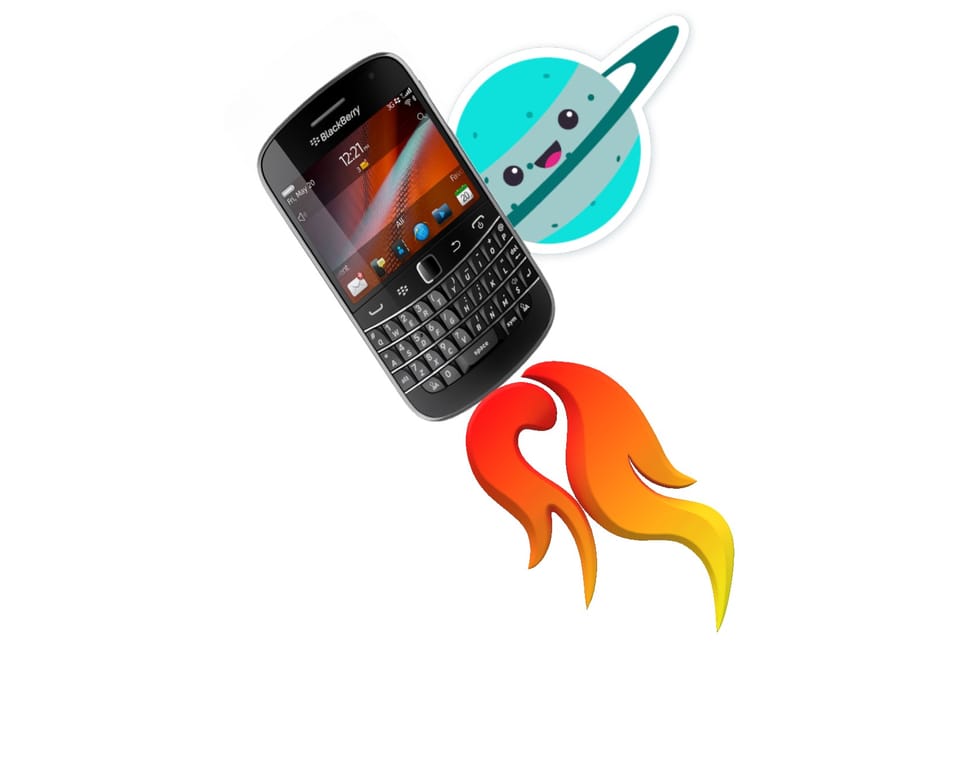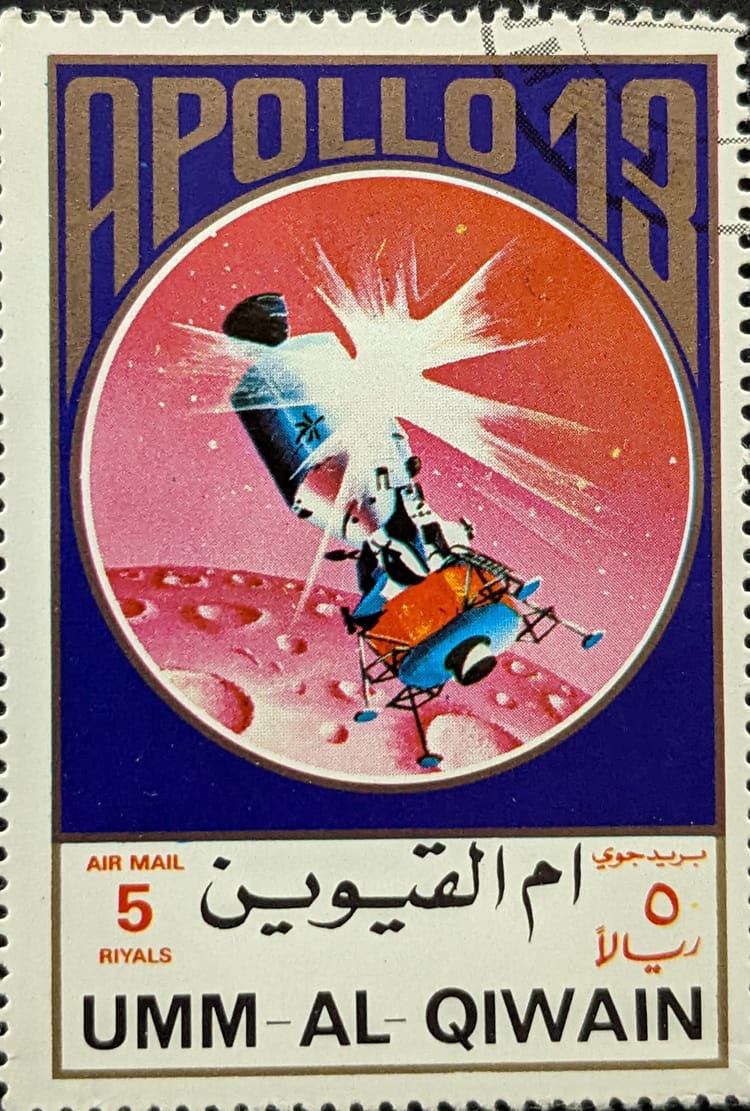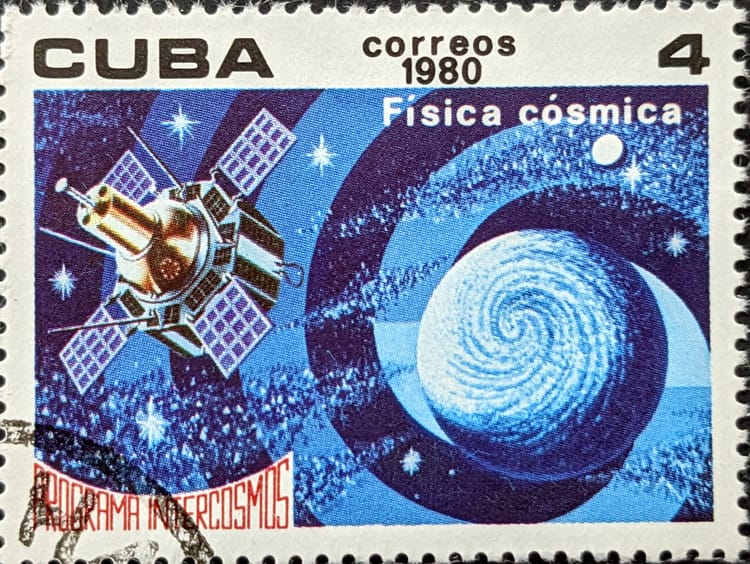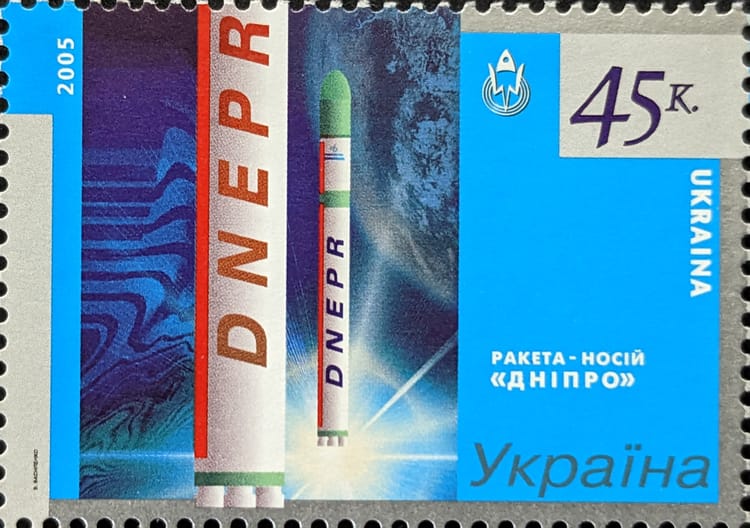The Blackberry Moment?

I wrote this article for my other site nearly two years ago. But ULA's actions and focus still make it pertinent. Yes, I did tweak it a little for this site.
For the past few years it's been difficult to watch the space launch industry in the United States and not draw parallels with the rise of the smartphone and Research in Motion's (RIM's) response. And then, when SpaceNews.com writes a story that United Launch Alliance (ULA) will now focus attention on the commercial market of the launch industry--well--it reminds me even more of RIM's fall.
Before we get into the seeming parallels, I must wonder if it's really that easy. Is it really so easy to turn on the "commercial space launch money spigot?" You just decide you're going to focus on the commercial market, and business and money automatically flows into your pocket? That's kind of what it sounds like, right? I wish it were that easy.
But back to the eerie similarities between RIM and ULA --and to be quite clear, the businesses are very different. But business decisions and responses, especially when defending one's turf, can yield similar results across industries. Let's review some RIM history and characteristics.
Before the coming of Apple's iPhone and subsequent landslide of smartphone competitors, RIM's BlackBerry was king. To own a BlackBerry meant your work was so important, you couldn't leave it at work (by correlation, this made you "very important"). You could take it with you to dinners, home, on vacation, etc. I even heard the clicking of BlackBerry buttons from people doing business in the bathroom stalls, while doing their business (and if you said "Ewww!" in your head, that is the correct response). It's strength was messaging, anywhere, anytime. And it touted the "strong" encryption inherent in its messaging system, even if countries like India could get the keys for it. RIM's share of the North American market was as high as 70% back in 2010.
While it was desirable for lonely people (or those soon to be alone) and government types, it was also a compromised product. The browser, wasn't. There were no real apps. Importing files to and from the device was a pain. It was expensive. The cell phone plans for it were pricey, but limited. The screen was too small for anything but short messages. What was this "copy and paste thing?" Who wants to listen to music on their phone? Why would we put a GPS chipset and updated maps on a phone? That's what Navigon is for.
The BlackBerry was also associated with government business and therefore uncool. It had a form factor loved by engineers and bureaucrats--functional, but cheap, plastic. In fact, in spite of significant declines in its commercial business after smartphones gained traction, government contracts buoyed RIM. Does this begin to sound familiar?
RIM eventually responded to the smartphone threat, but very, very ineffectively. The company's own initial "Jesus Phone" response to the iPhone was late. And while 1 million people bought the BlackBerry Storm, the most successful BlackBerry for RIM at that time, the company just wasn't ready to pump out that many. Compounding RIM's dilemma, it was still too expensive, did not have BlackBerry or iPhone reliability (it was very buggy), and still had a lot of the drawbacks of regular/older BlackBerry phones. A year later, nearly all Storms had to be replaced. RIM's failure to recognize just how much the market had changed, and even more importantly, why, is how the Storm came to be and why it failed.
Again, some of these responses should sound familiar to those watching the space industry closely. If you want to learn more of the how's and why's surrounding RIM's inability to adapt, I recommend reading Amy Webb's "The Signals are Talking."
Relating this story to space.
Not that long ago, one U.S. space launch service provider was pretty much the only one in the nation able to launch heavy payloads into orbit: ULA. It's service was expensive. It took a long time to build up to a launch. It primarily relied on government contracts for income. The only other potential competitors it had were Orbital Sciences and the government's space shuttle.
The slow launch rate and high launch costs of the shuttle, and Orbital's focus on small payload launches (also at high cost) meant ULA had no national competitors to worry about. Like BlackBerry, ULA was the only game in town. If someone wanted to launch a big satellite from the U.S. into orbit, ULA was the one to do it. And normally that someone was the U.S. government, which loved ULA's mission assurance focus. Unsexiness all around, then. Also, ULA started getting a reputation for charging A LOT for launches--because it could (stories like this don't help, either.
But now there's another competitor: SpaceX. This company has managed to build and launch three different types of rockets, with a fourth reportedly in the works. One of the company's rockets, the Falcon 9, is constantly being improved, including the addition of landing legs, cooler fuels, etc. And it's advertised launch service is very, very cheap. SpaceX's share of the U.S. launch market grew significantly in 2017, getting more than half of the nation's launches that year. ULA didn't do badly, but it also didn't capture half of the nation's launches in 2017.
ULA's response, initially, is to build it's own BlackBerry Storm, the Vulcan. Like the Storm, it will be more expensive than the competition. It's reliability will be an unknown, although ULA will likely play up its history with its other, more established, rockets. The Vulcan, without more information from ULA, appears to retain many of the same drawbacks of older systems. It's doubtful the Vulcan will keep to ULA's schedule of launching in 2020 (it's now 2020 and even more doubtful). And when it does roll off the assembly line, its competitor will, based on recent information and now conjecture, already have a newer, more capable launch system up and running, which might even be cheaper.
News from the future. This analysis was originally posted back on March 18, 2018. There's evidence, based on materials, business model, fuel, etc. that points to SpaceX's Starship/Super Heavy combination to be really inexpensive to launch--at most $3 million. If that comes into being, the launch business is going to change--Globally.
In some ways, ULA is in a more precarious position than RIM. The company is a 50/50 split between Boeing and Lockheed Martin. If one of the joint venture decides enough is enough, that could be it for ULA. Even if the Vulcan is successful, there's a lesson to be learned from RIM's BlackBerry Storm about the dangers of success.
When you look at both ULA and SpaceX, it's apparent each one has a different vision of the future. But we may have seen this play before, between RIM and Apple and Google. RIM's not selling smartphones anymore. Is there a BlackBerry moment in the U.S. launch service industry?




Comments ()